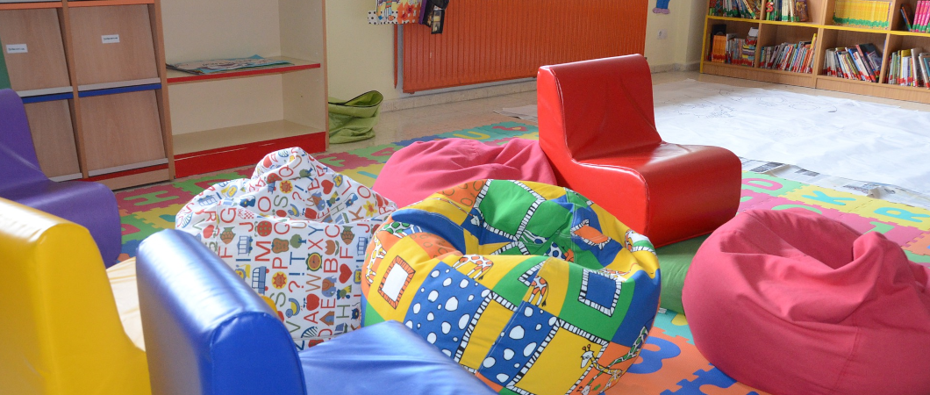Page Contents

Environment
- All teaching and learning take place in the context of accessible or dyslexia friendly classroom approaches.
- Children’s progress is screened and monitored. Support is identified quickly and without the need for any formal diagnosis.
- There is a whole-school ethos of inclusion; all staff consider adaptations and adjustments for all pupils.
- All children’s learning is displayed in the classroom.
- Learning zones or packs of resources are available in each lesson.
- Children can learn using concrete tools and manipulative materials to support their understanding (e.g., Base 10, counters, hundred squares, and place value grids).
- Reasonable adaptions and adjustments are present in the classroom and recorded within Asses, Plan, Do, Review or Provision maps.
- Children can fully participate in all school and wider school community events and activities.
- All teaching input takes account of potential language or attention needs and is adapted accordingly
- There are effective information-sharing systems and clarity and communication over roles and responsibilities relating to support structures; teachers are responsible for the planning of all children in their classroom.
- Children can carry out learning tasks in a low-arousal environment. Individual learning spaces are also created to allow this where needed.
- Interventions are timetabled and time limited.
- Staff meetings allow a time for staff to work together and share knowledge about children math progress.
Glossary
Click the button below to go to the glossary page.

